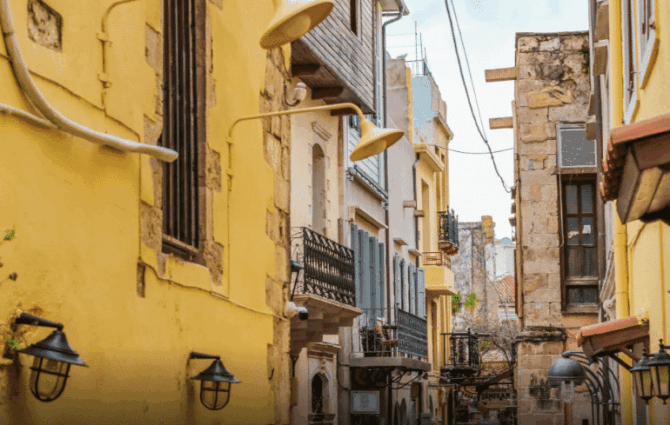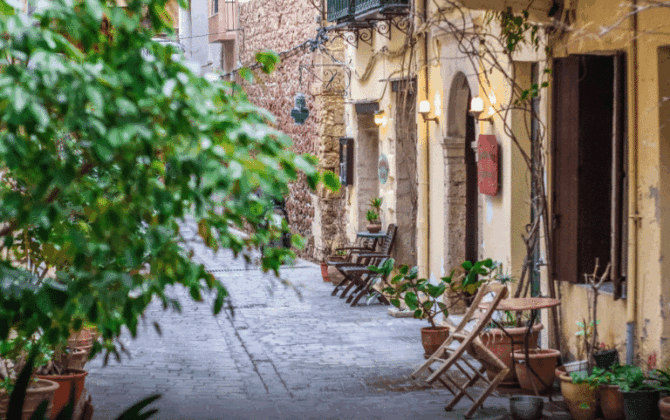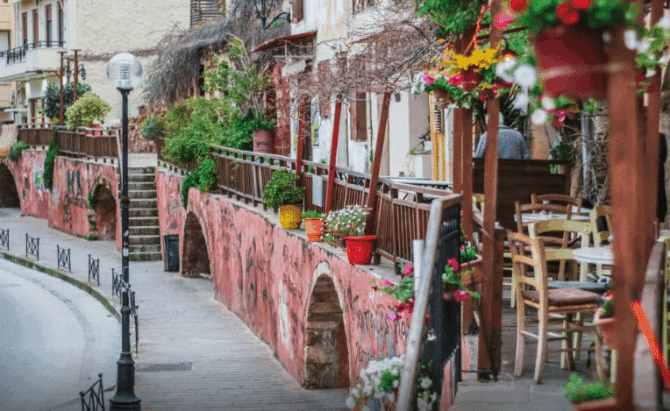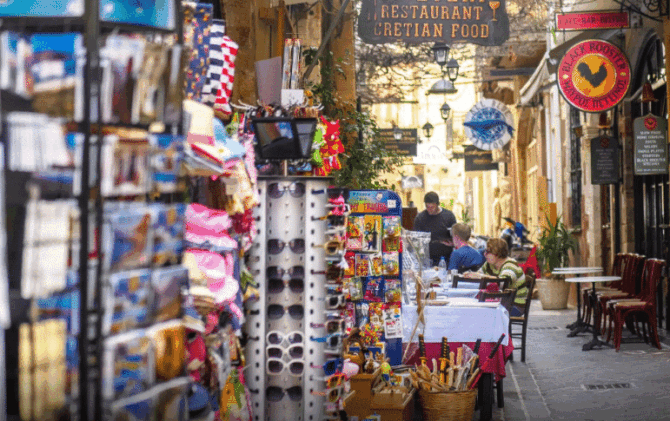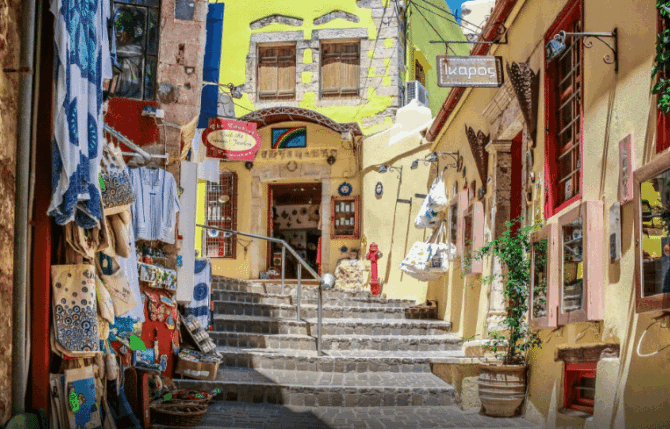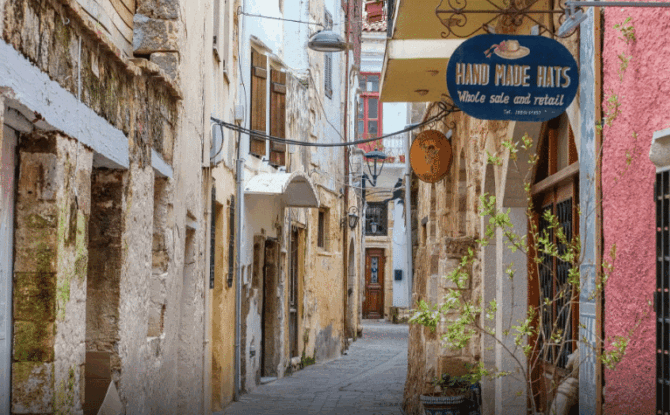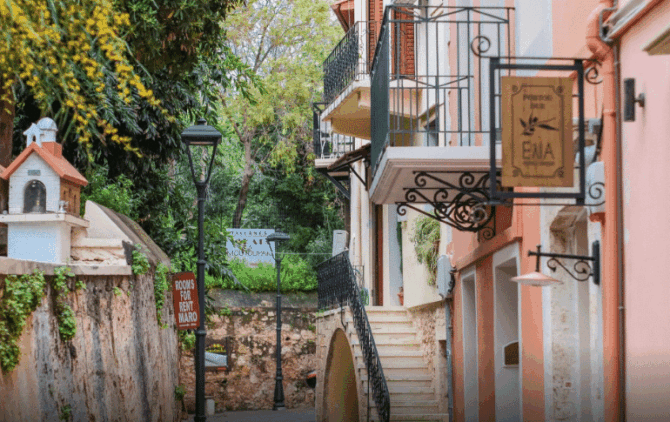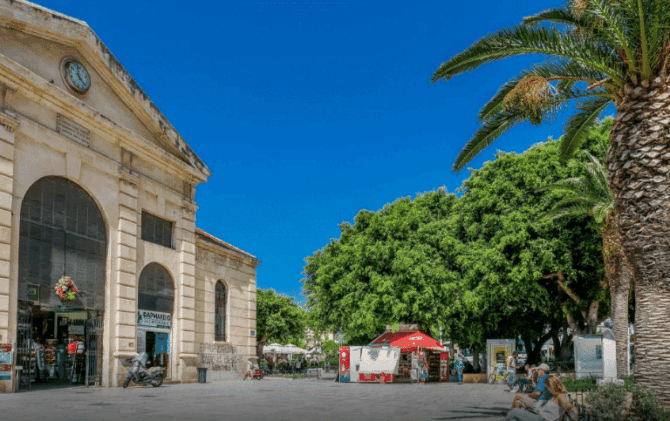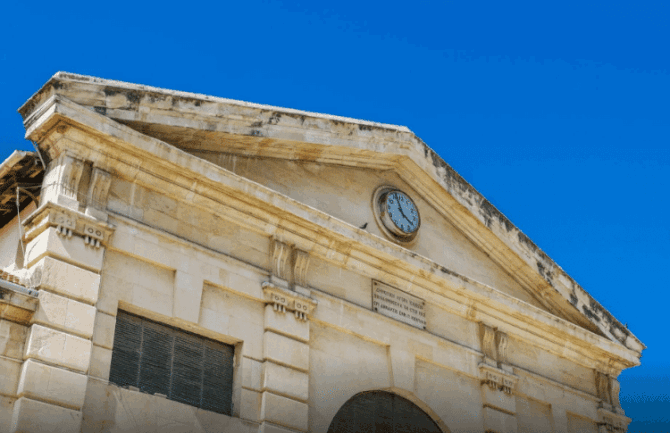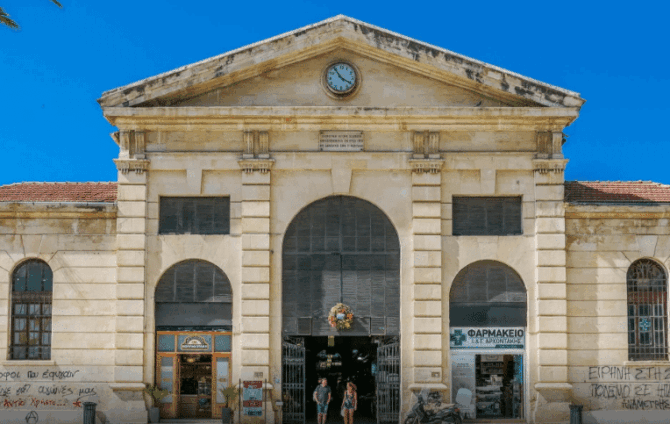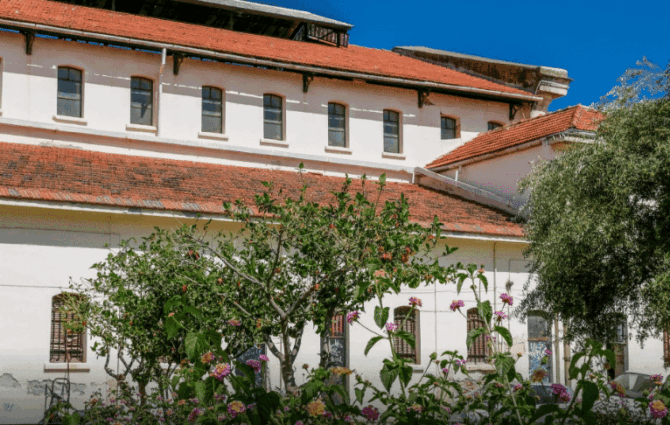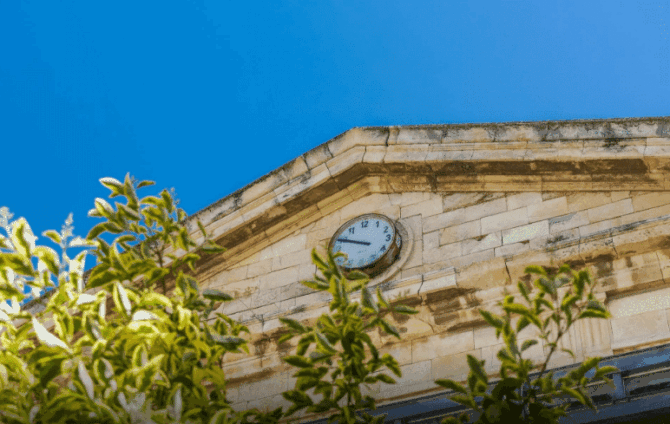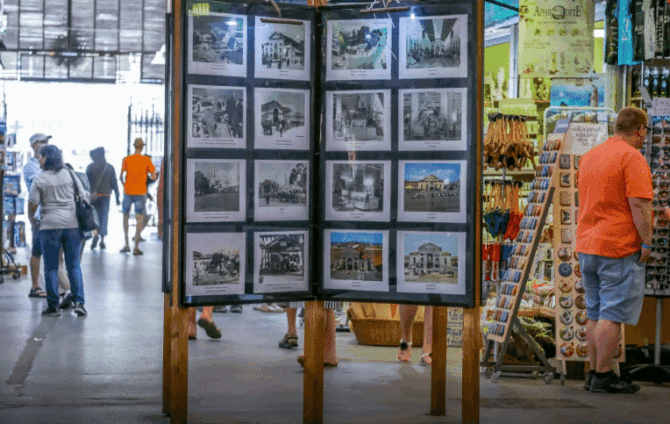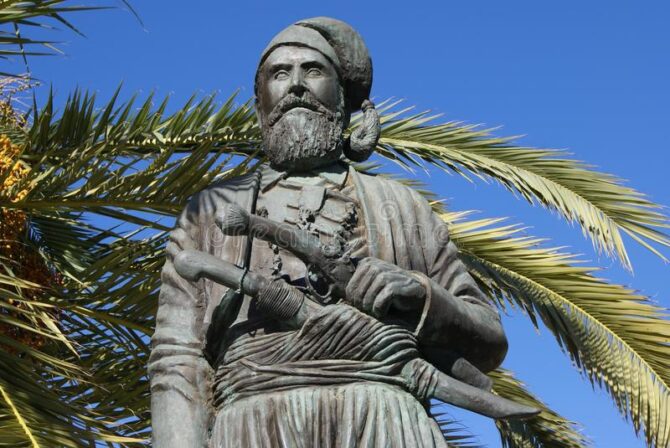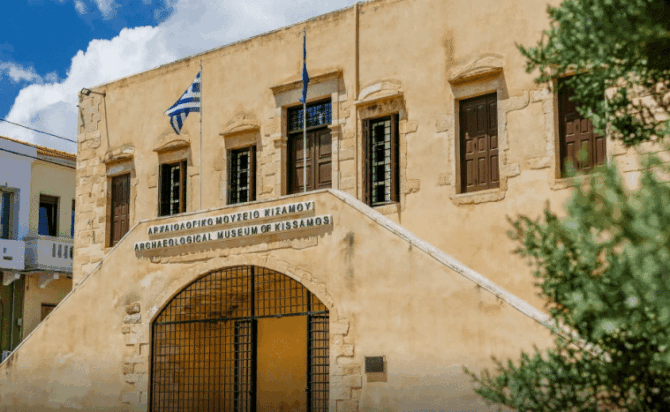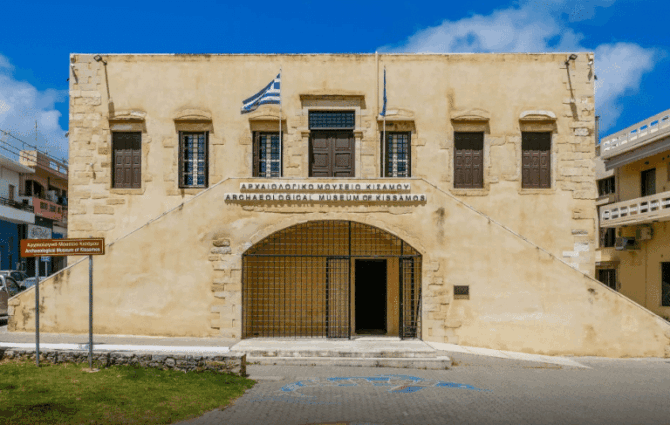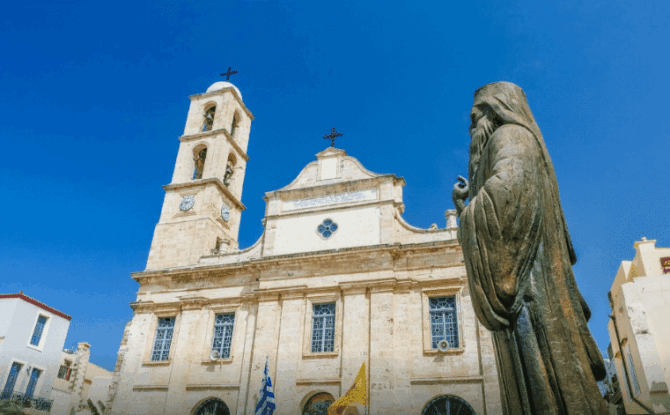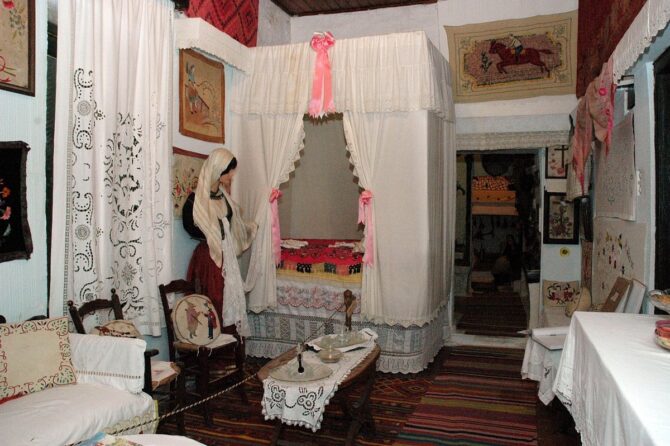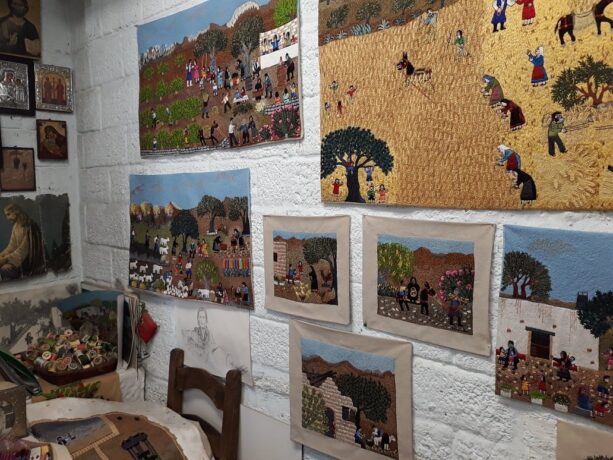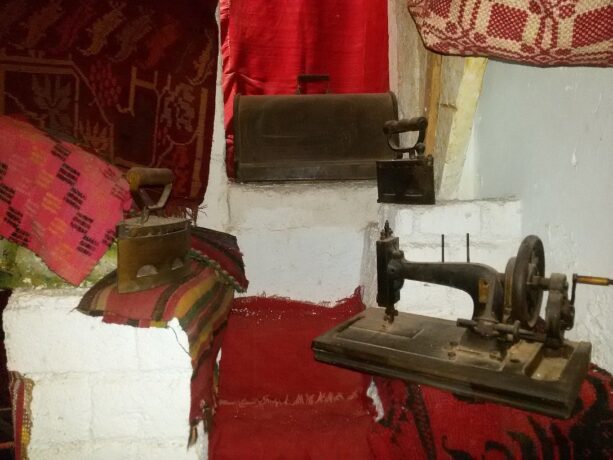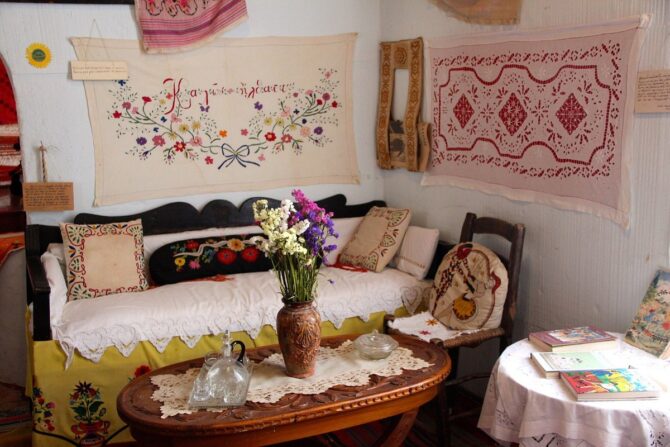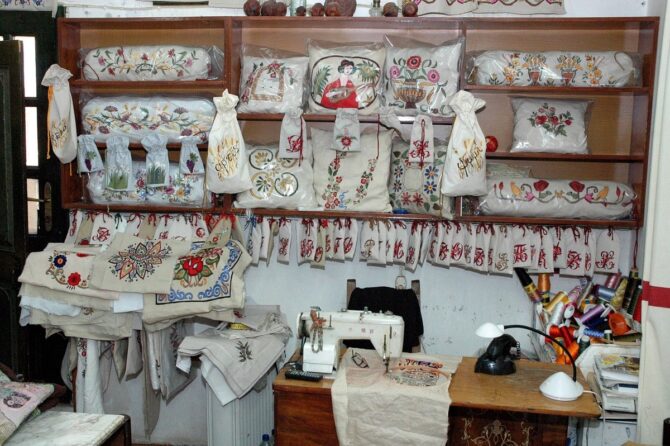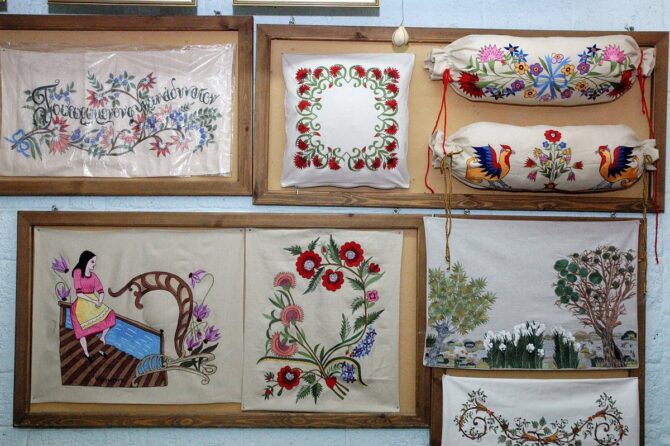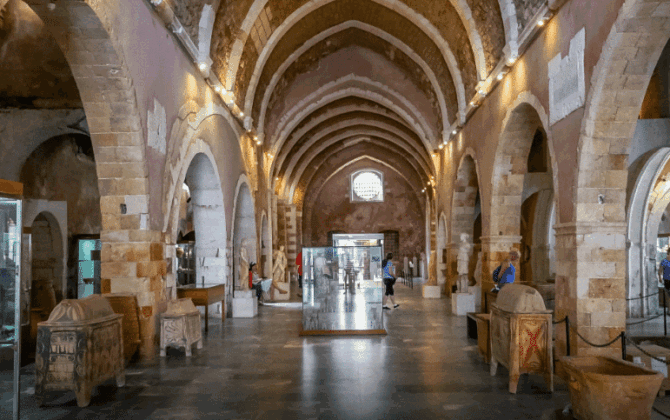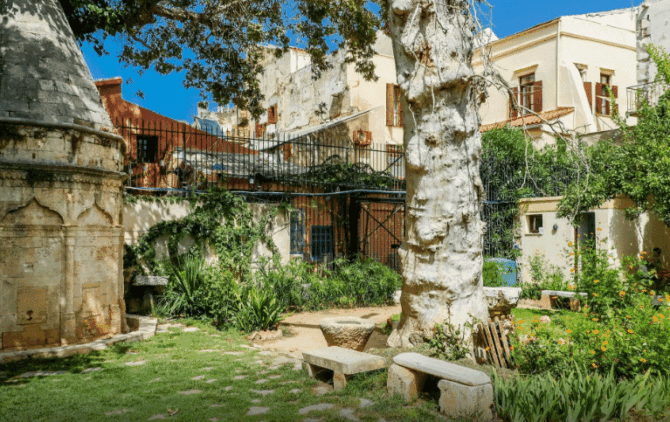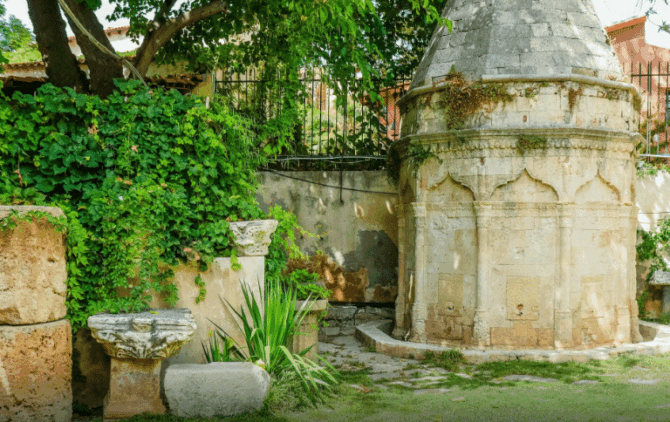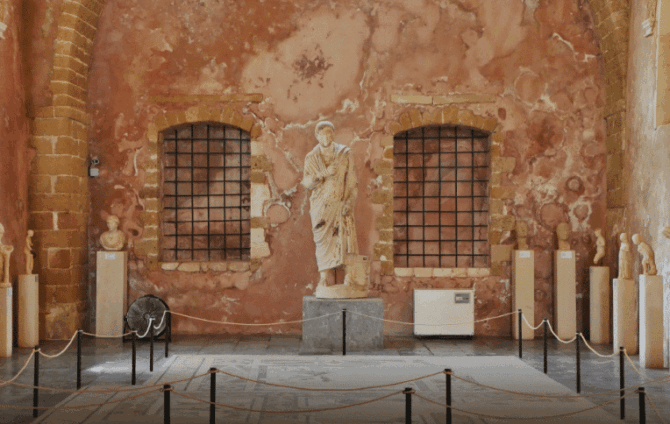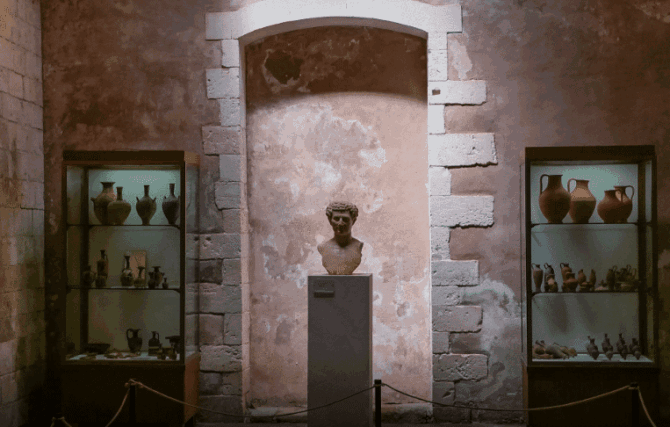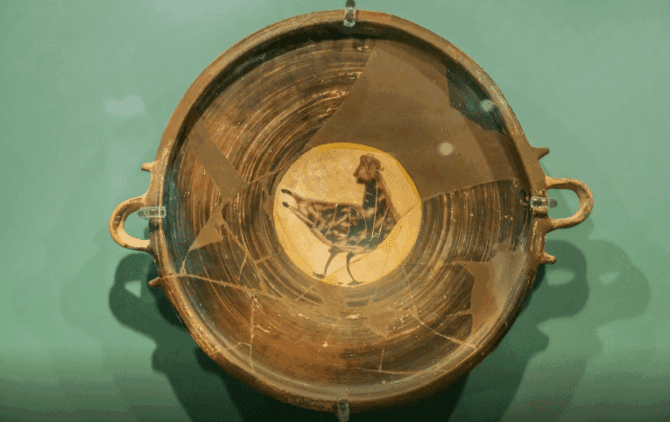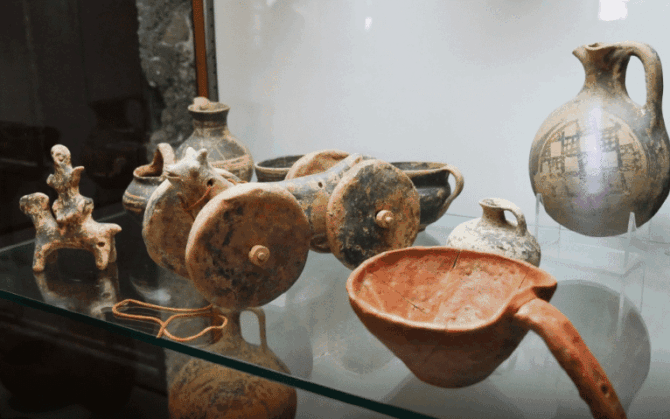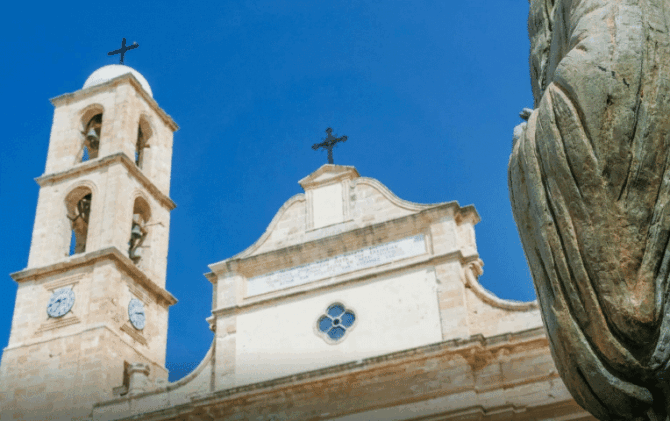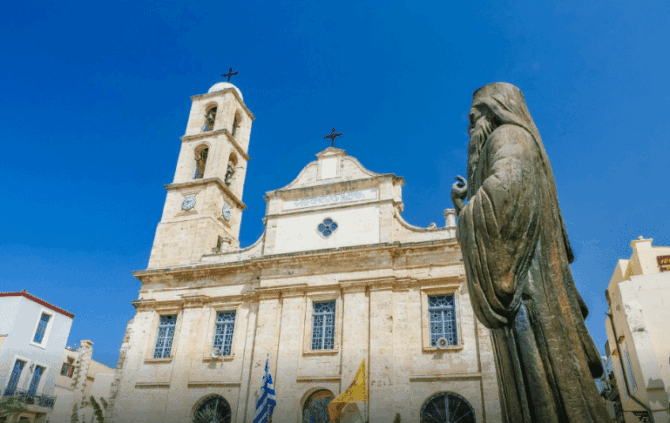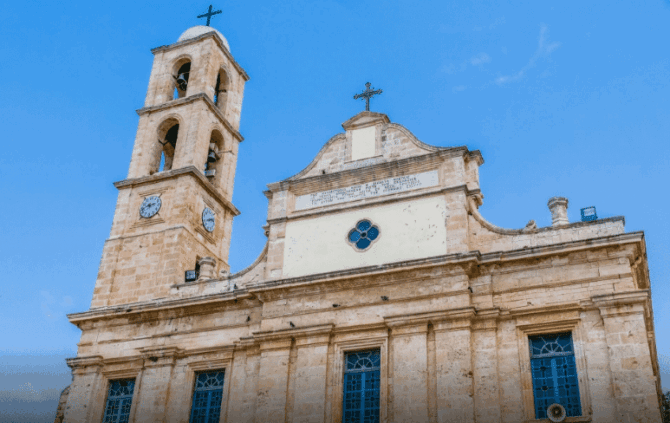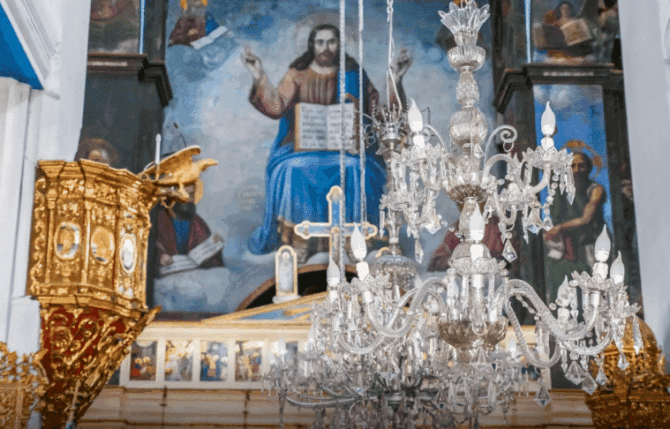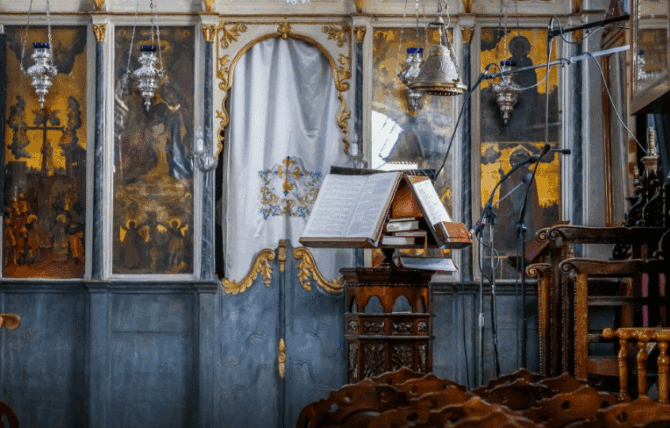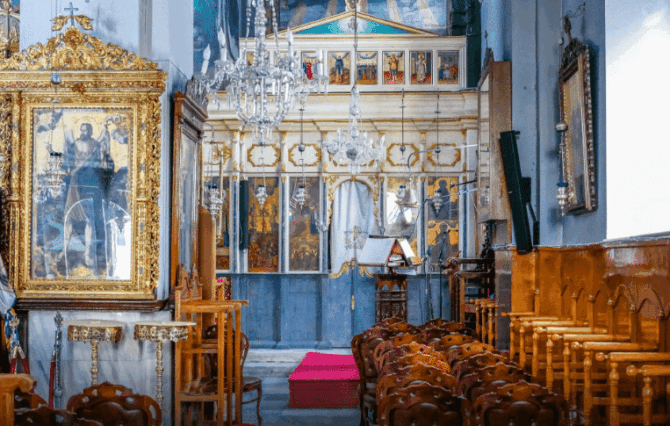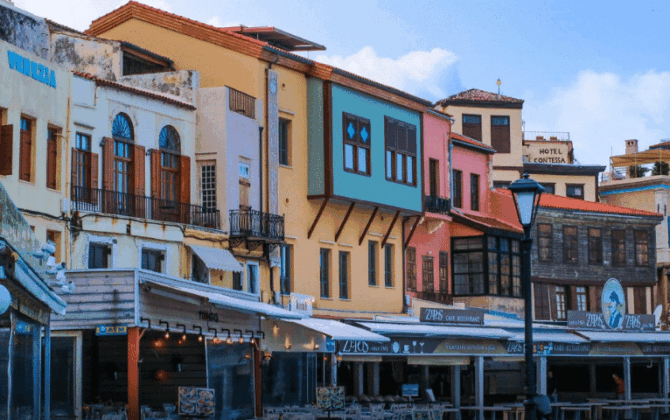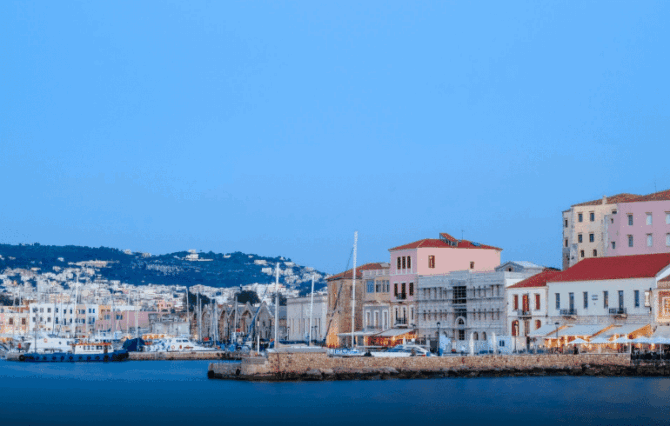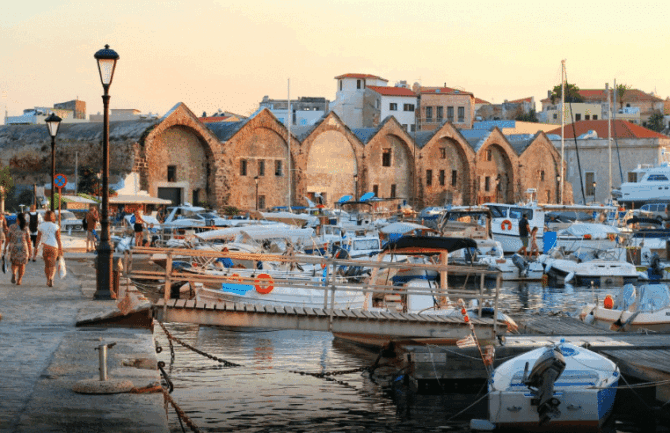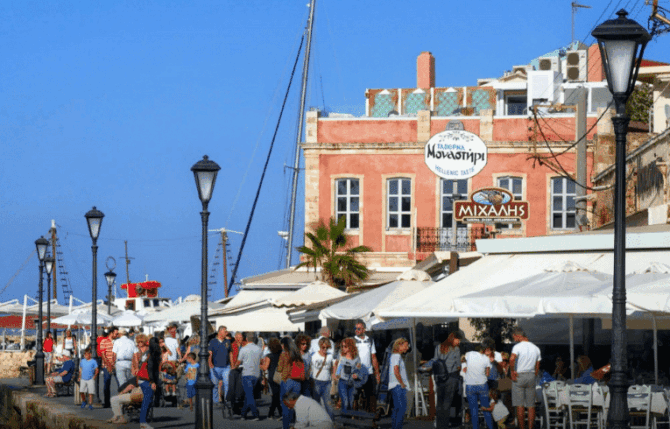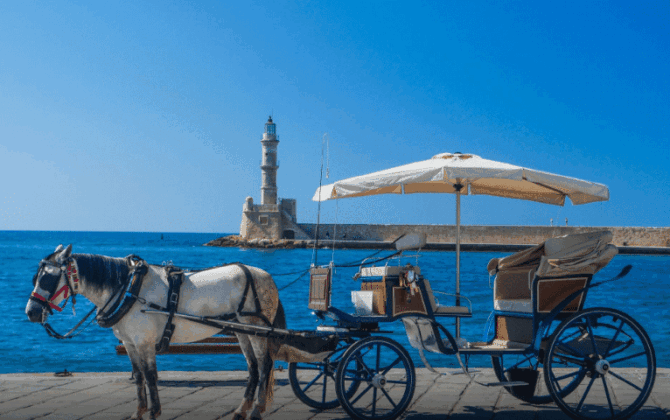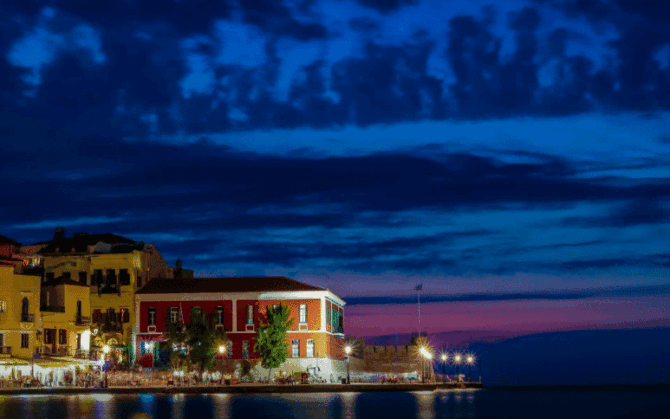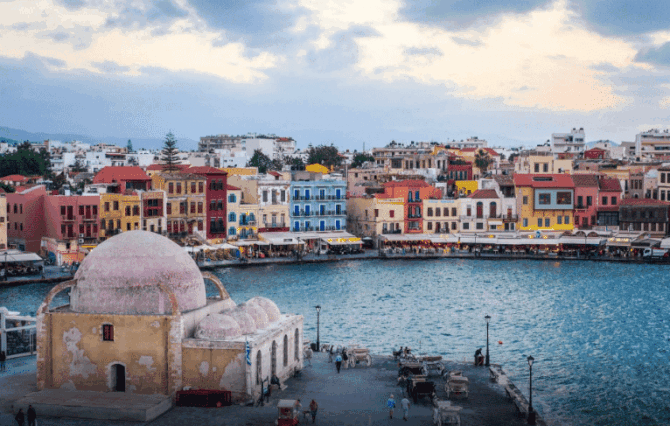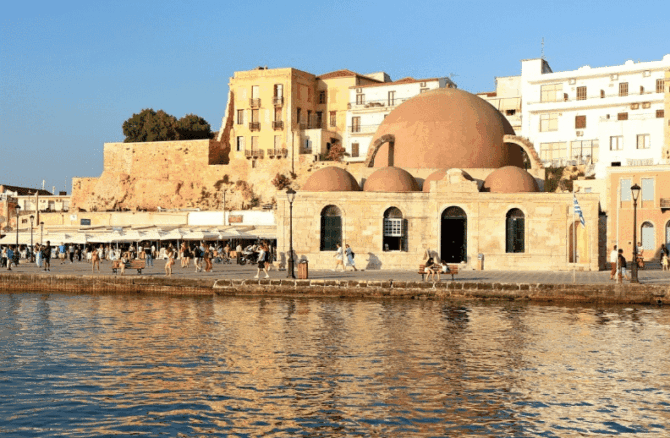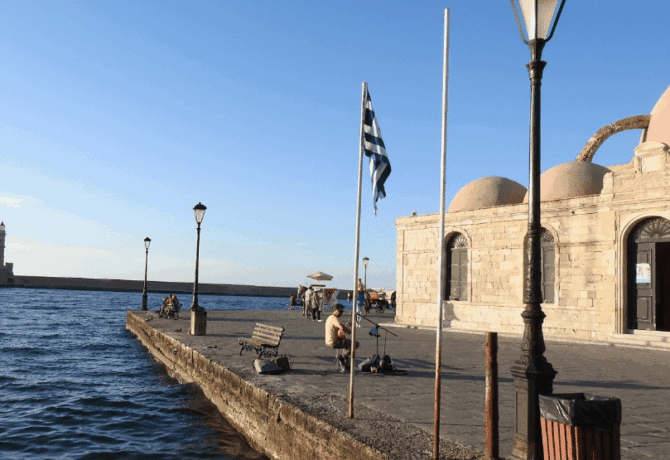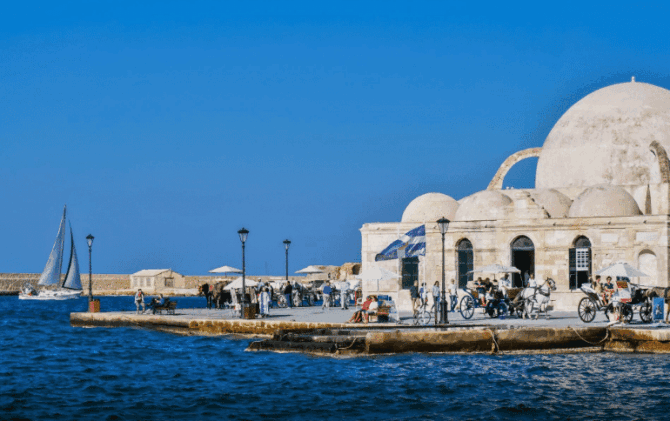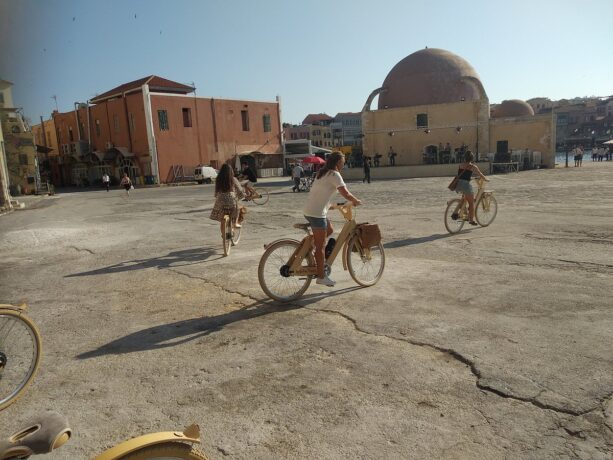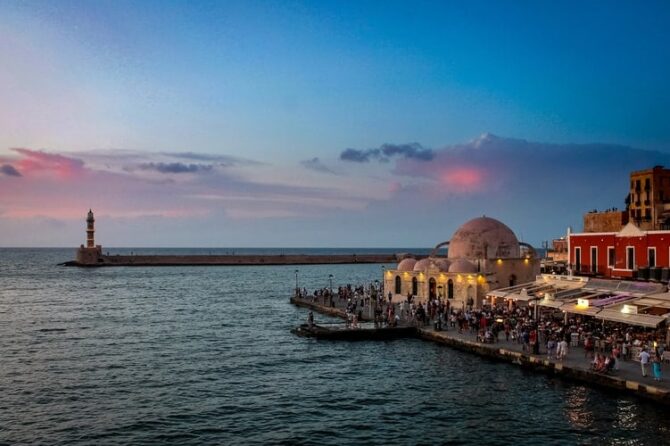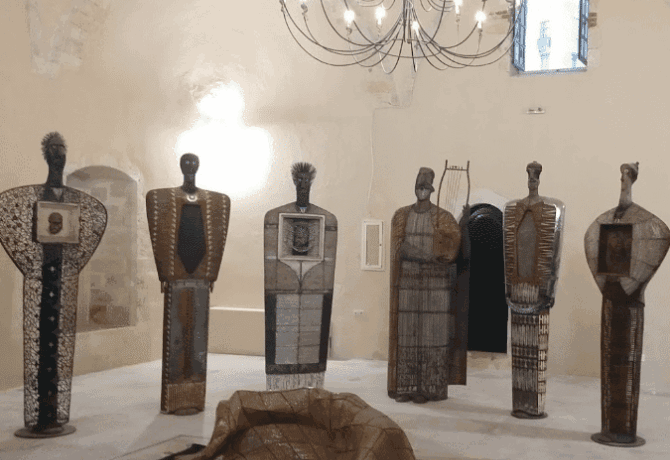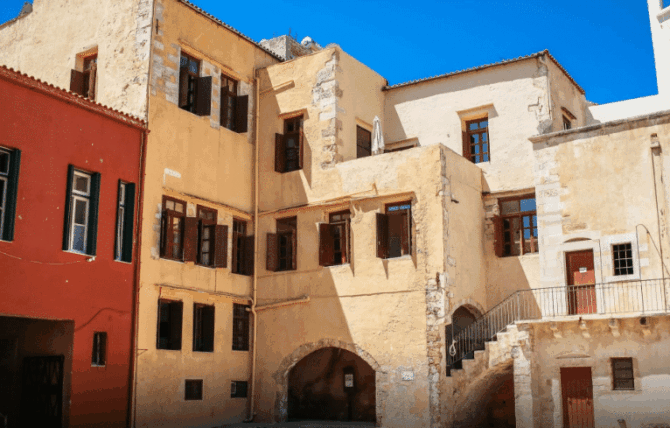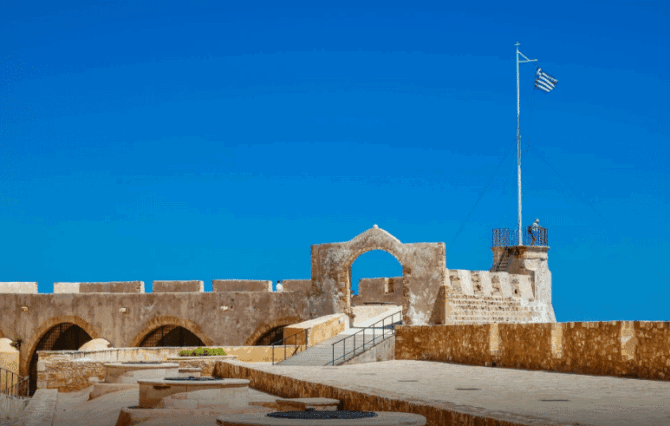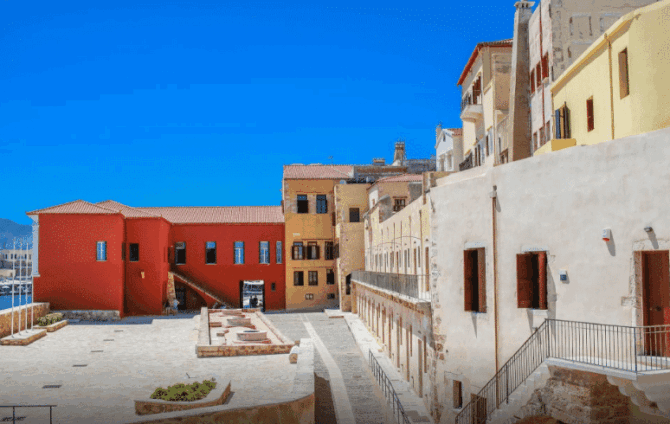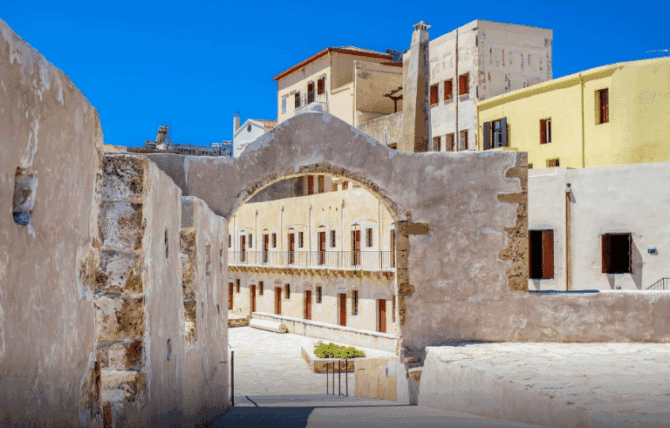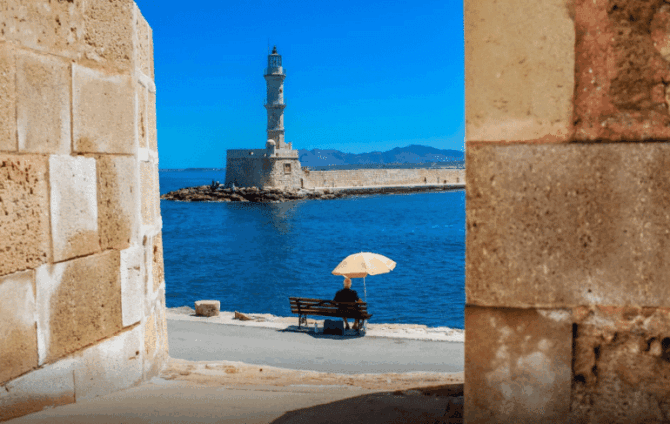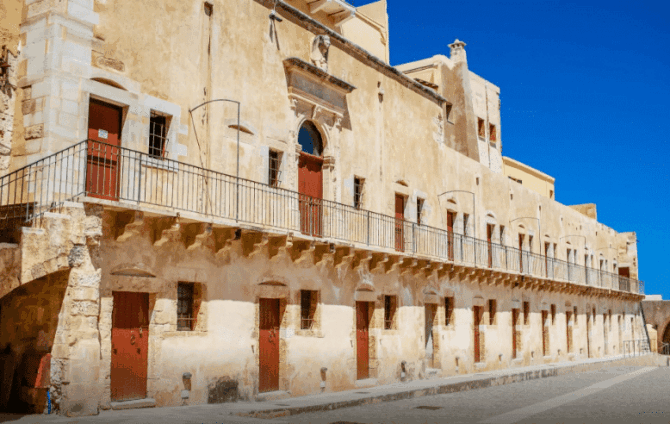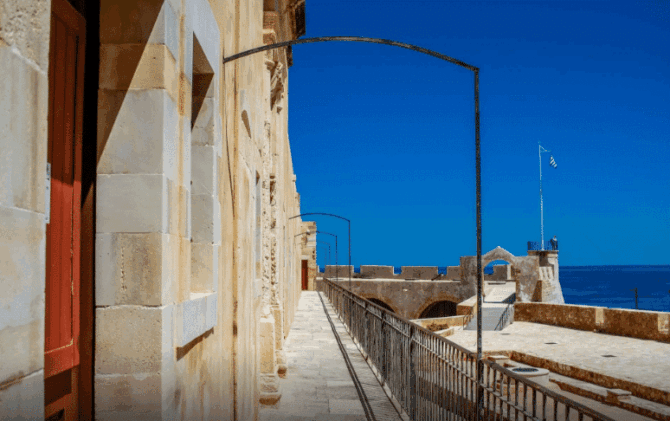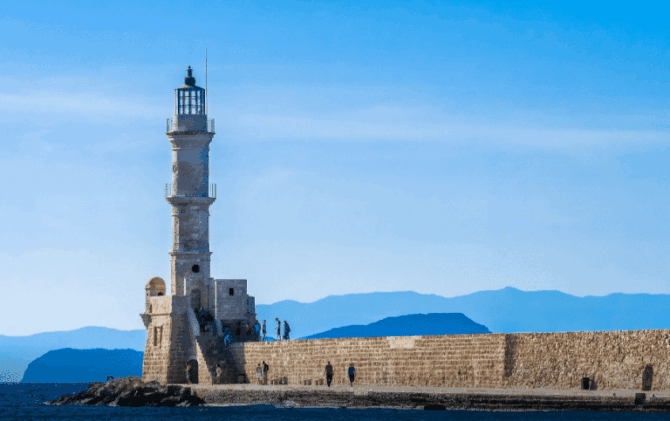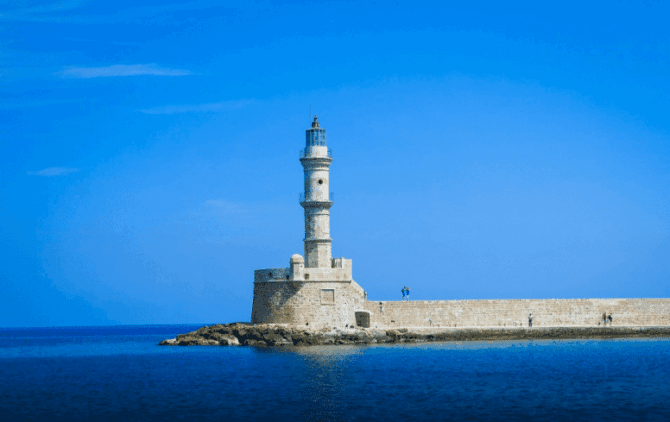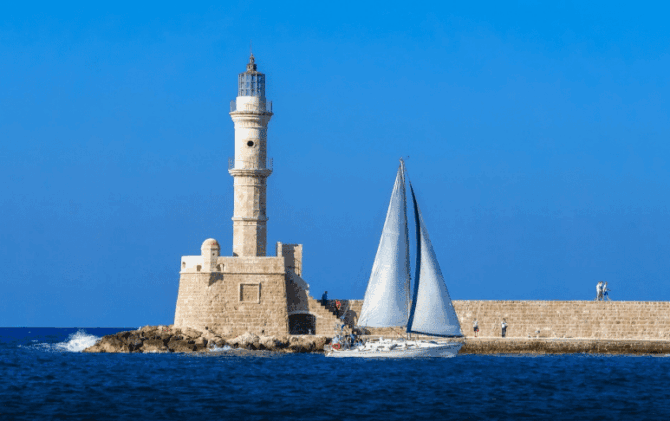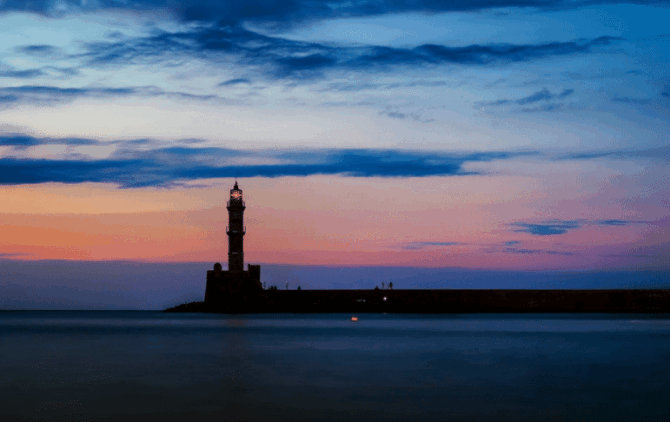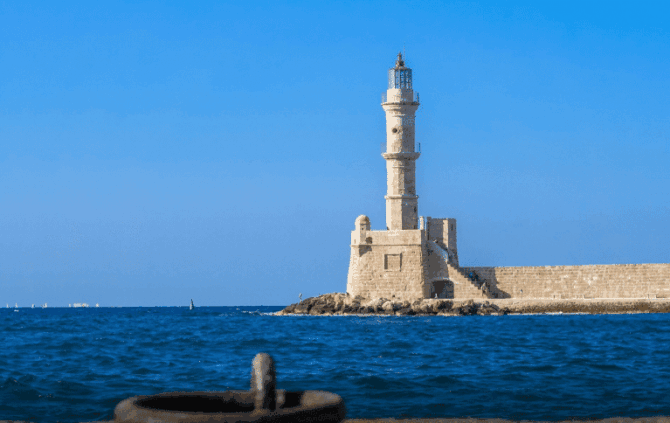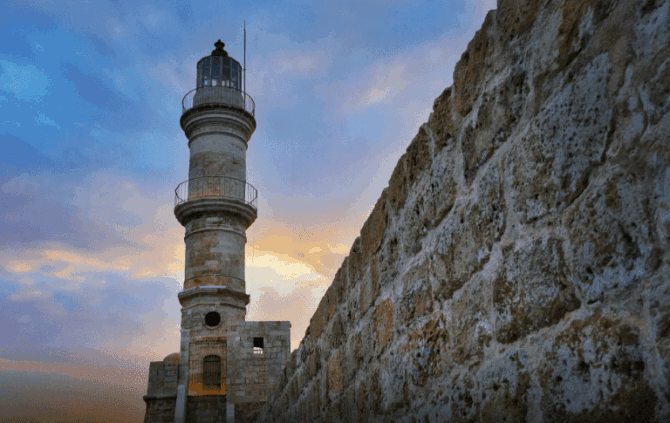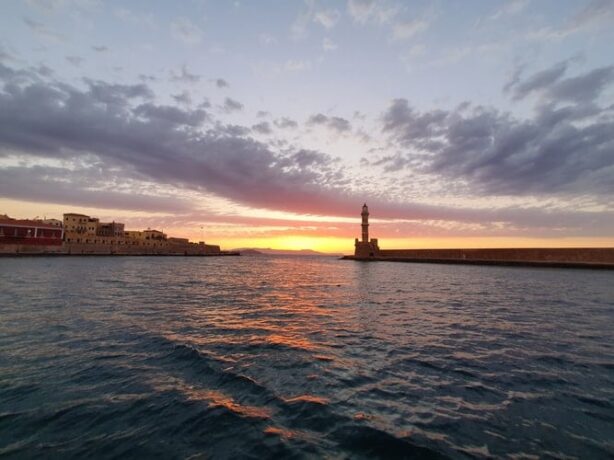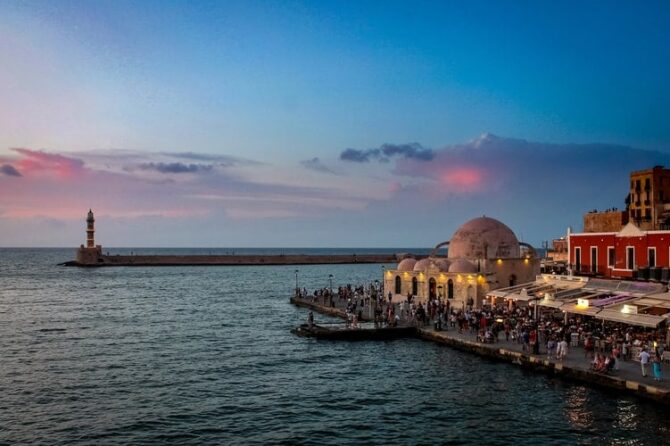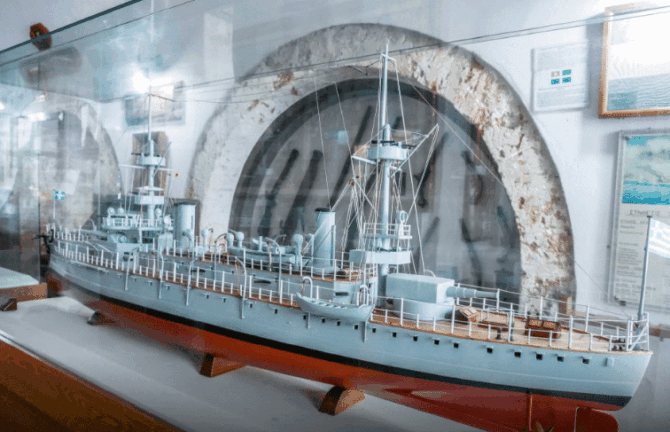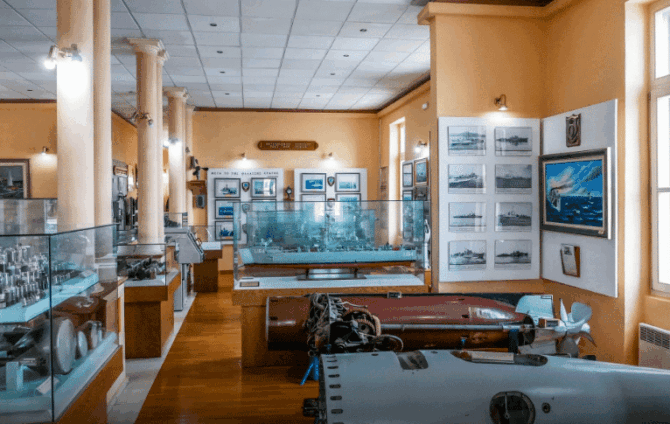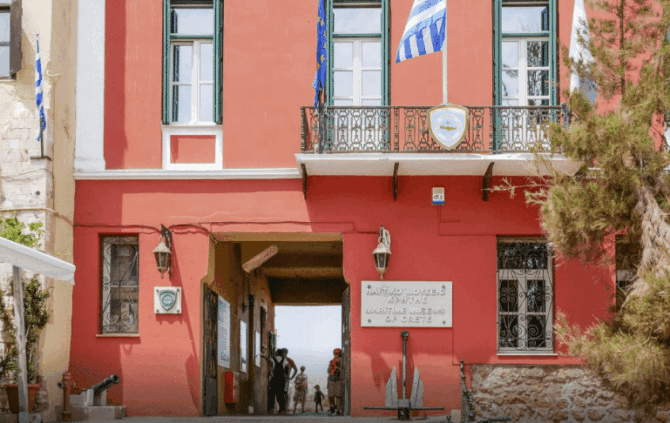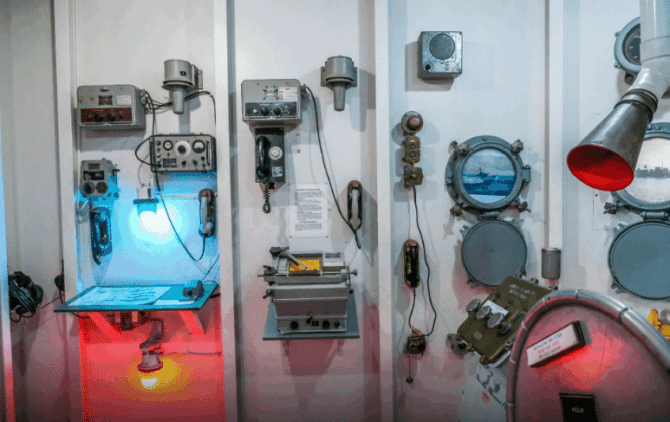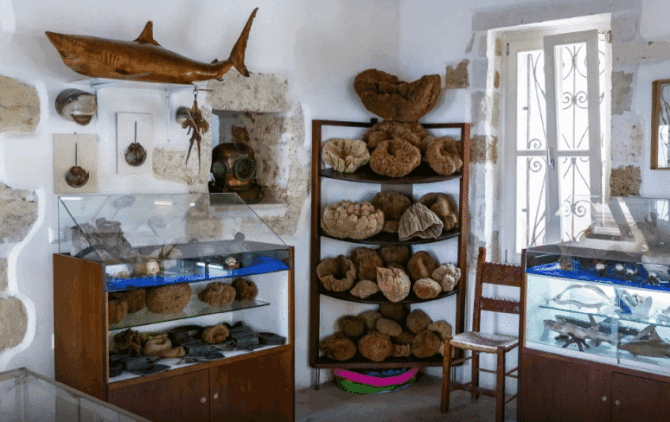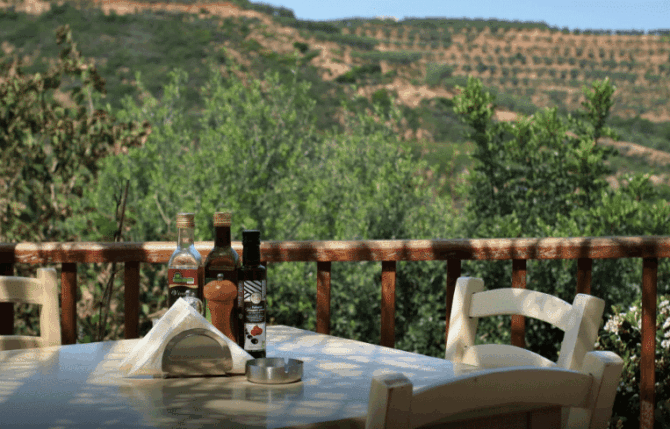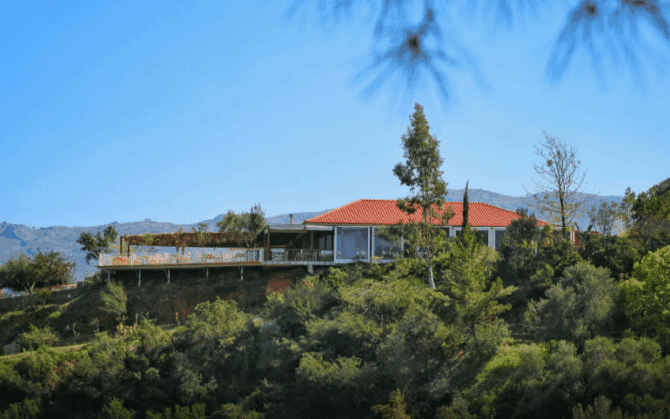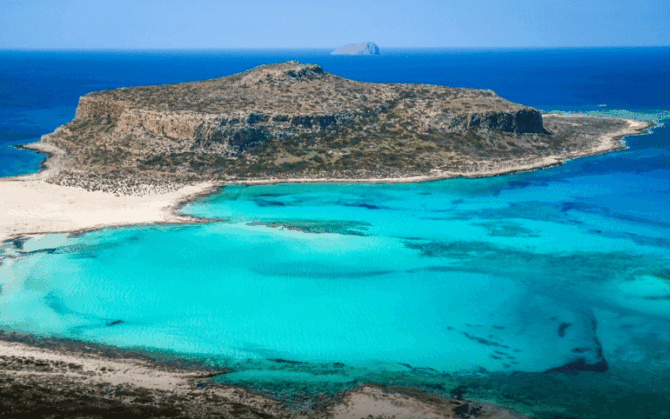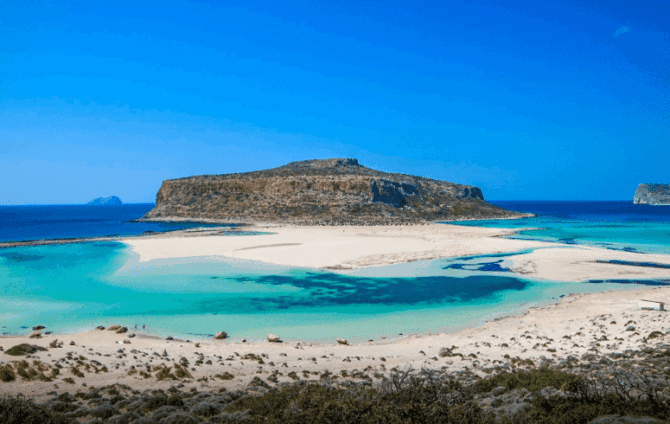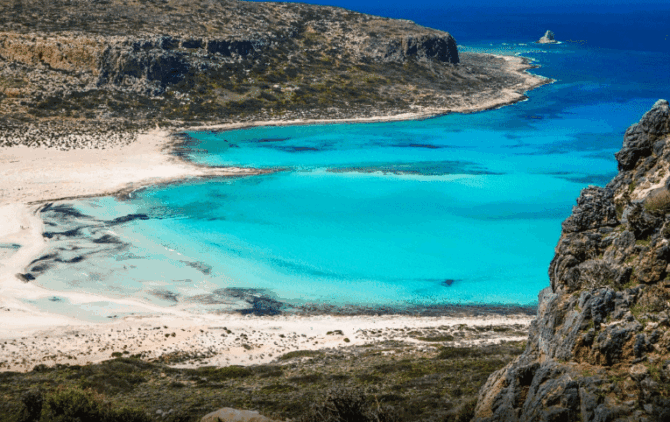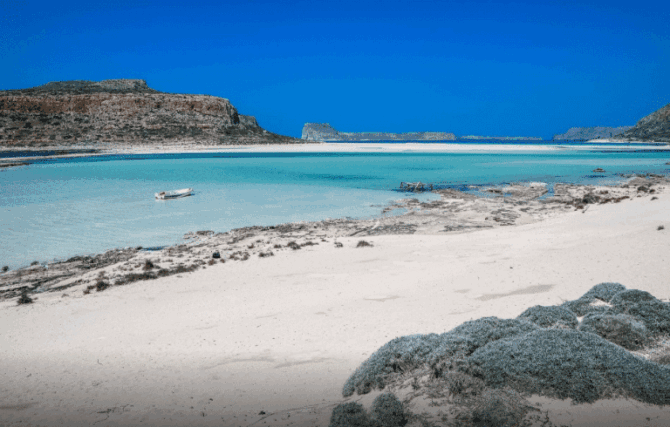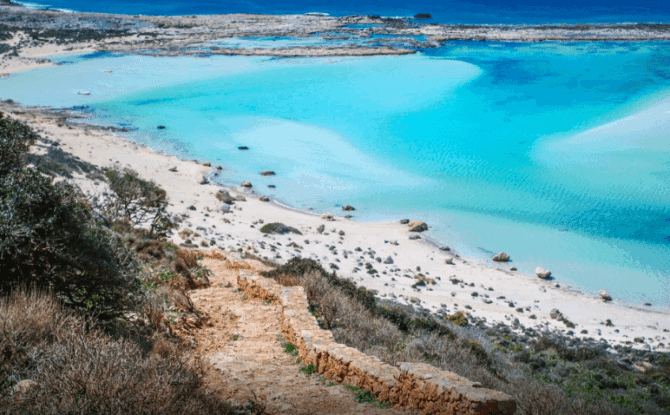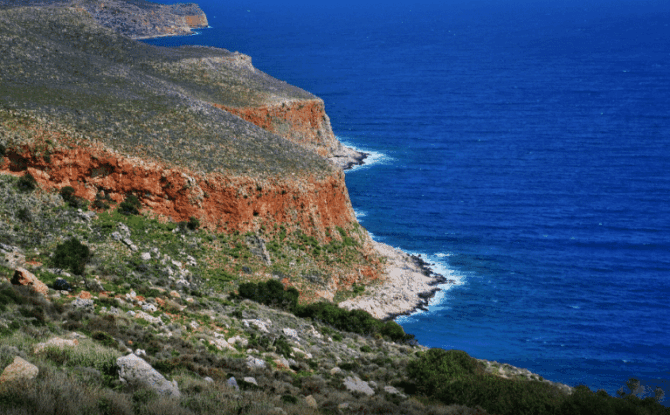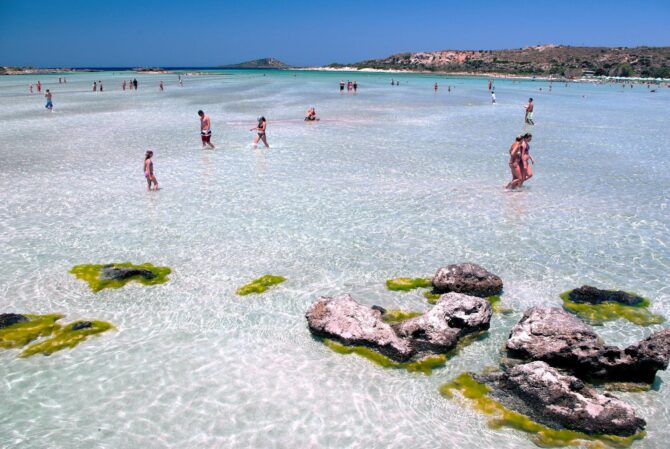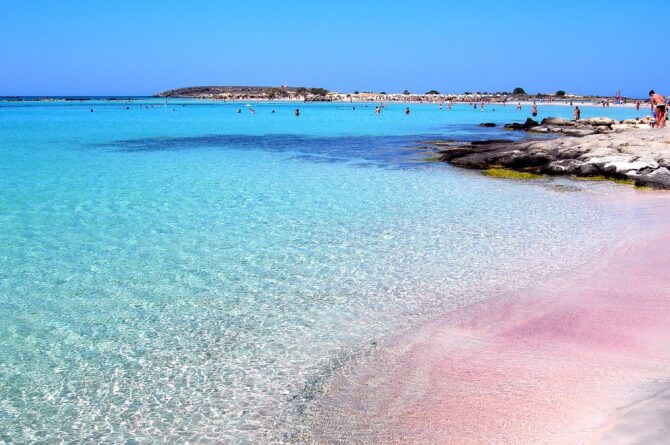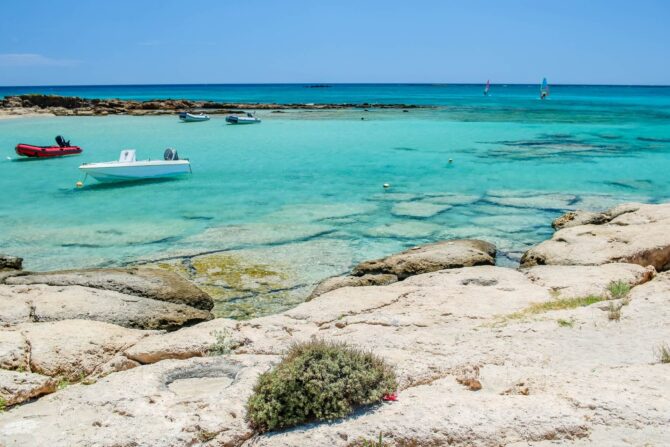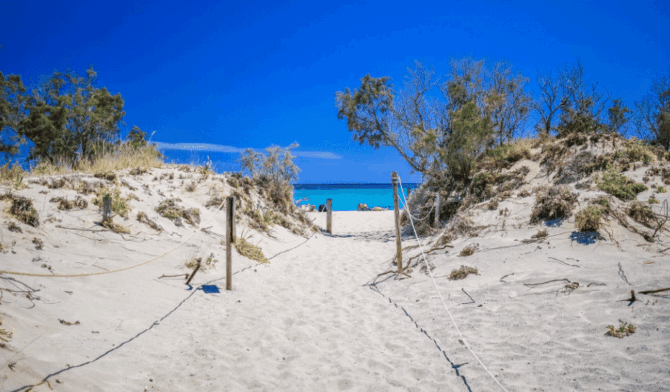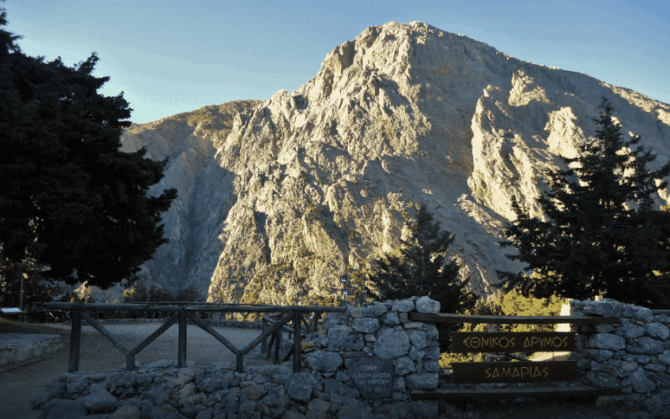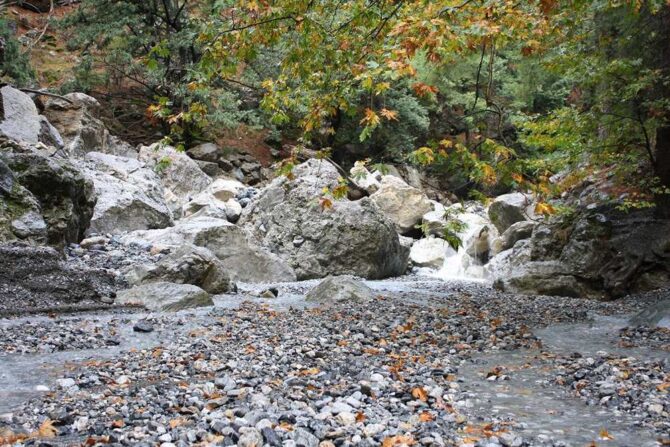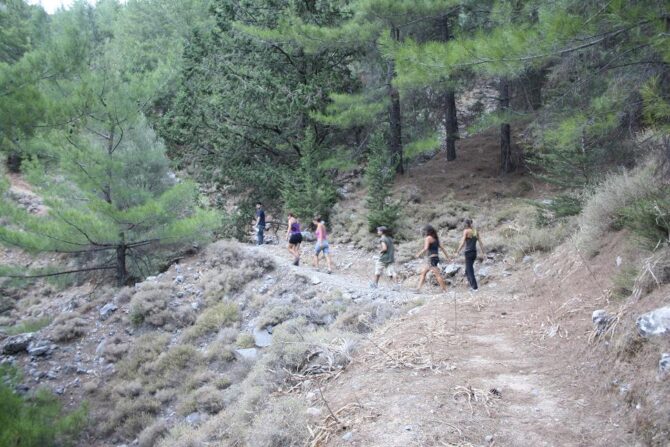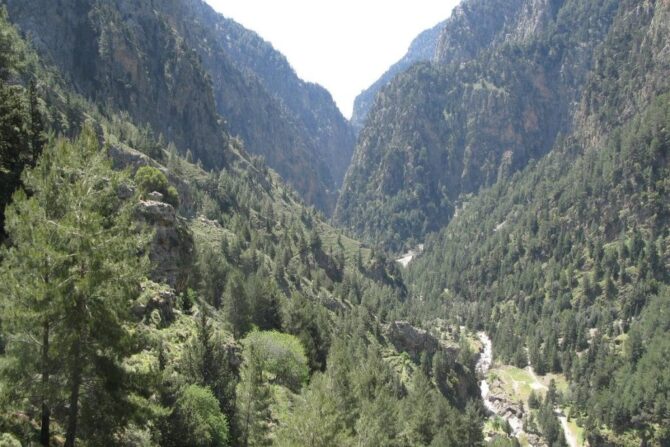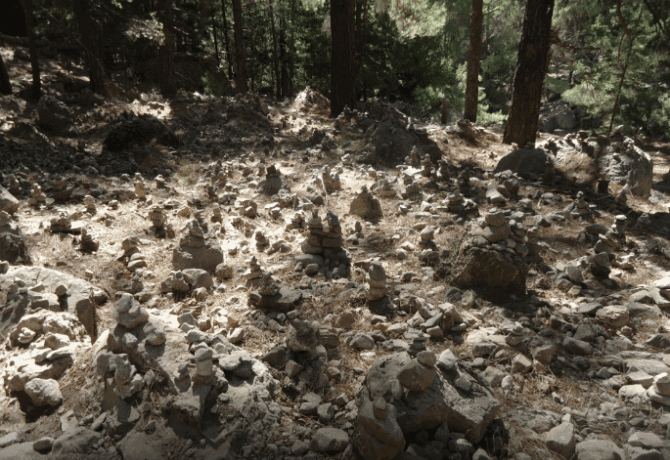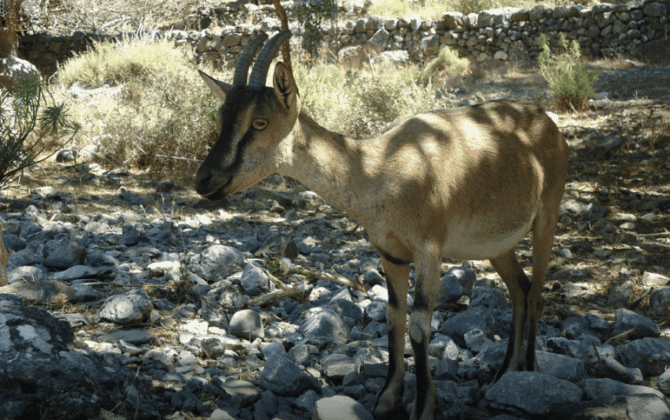In the north of the island of Crete is the amazing beauty of the ancient city of Chania. An overview of the sights of Chania read further in this article. In the II millennium BC in this territory there was a Greek polis of Kydonia. For some reason, it was abandoned by the inhabitants, but it is known that the Kydonians became the first in the world to grow quince and use it in cooking. The subsequent history of Chania is directly related to the events that took place in Crete. It survived the occupation of the Byzantines, Venetians, Turks, returned to its native bosm of Greece, until 1971 it was the administrative center of the island. This city can not be called a resort in the full sense of the term. Its economy consists of agriculture, tourism, as well as the maintenance of the airport “Ioannis Daskaloyiannis”. Arriving here, you can stop for a couple of days to explore the local attractions. Hotels in Chania fully comply with European standards and guarantee a comfortable stay.
- 1 Attractions Chania on map
- 2 Old Town of Chania
- 3 Agora Municipal Market
- 4 Mitropoleos Square (Athenagoras)
- 5 Ethnographic Museum “Cretan House”
- 6 Archaeological Museum of Chania
- 7 Cathedral of the Three Martyrs
- 8 Venetian Harbour
- 9 Mosque of the XVII century
- 10 Firkas Fortress
- 11 Lighthouse
- 12 Maritime Museum
- 13 Cretan Botanical Park and Gardens
- 14 Balos Beach
- 15 Elafonisi Beach
- 16 Samaria Gorge
Attractions Chania on map
Old Town of Chania
The city is conveniently divided into two parts – old and new. In modern areas, life is in full swing, various institutions work, all kinds of leisure for residents and guests of the city are organized. In the old part there are all architectural, museum, historical and memorable sights. Old Chania is in no hurry to reveal its secrets from the first minutes of the walk. In a small area, elements of all cultures are collected, from ancient Minoan to Byzantine, Venetian and Turkish. A relatively small area can be wandered for hours. Which is what you can do in the morning. Winding streets are sure to lead to some historical object, and then lead to the magnificent promenade with the Venetian port. Tour desks and local guides offer their own excursion services. If you want to walk on your own, then you should start with the hill of Castelli, where the remains of the Cydonia policy were discovered. Then move towards the municipal market past the remains of the old Byzantine fortress, the Venetian citadel, the fortress of Firkas, in which the Maritime Museum is now based, along the coast with the largest lighthouse and shipyard in Crete, a mosque and other memorable places.
Official website of the city of Chania: https://www.chania.gr/
Tourists most often book hotels located near the Old Town. Among them are popular“Argo Beach”,“Diporto”,“Vranas Ambiance Hotel”.
Agora Municipal Market
Acquaintance with the Old Town can be completed on the territory of the Municipal Market “Agora”. It is located on the border of the historical center and modern districts. The building in the Venetian style was built relatively recently, in 1911-13. The author of the project was the Cretan engineer Savvakis and the architect Drandakis. The building is recognized as an architectural monument and is protected by the city authorities. Inside there is a real market – the stalls are filled with fruits, vegetables, cheeses, olive oil and other local farm products. There are clothing stores, boutiques, manufactured goods. On the territory there are cafes and restaurants where you can eat and drink a cup of fragrant coffee. The market is open from 7 am every day except Sunday.
Address: Pl. Agoras 69, Chania 731 32, Greece
Mitropoleos Square (Athenagoras)
After a small snack, by the way, the market sells a huge number of hot kuluri according to a variety of recipes, you need to go through the entire market to reach Mitropoleos Square. On the one hand, the Agora market is the entrance to the Old Town, on the other hand, the exit from it. On the square, which is also called Athenagoras, there are a lot of bright and colorful houses. There is a monument to the Cretan hero Anagnostys Mantakas. He was 94 years old when he raised the banner of victory over the fortress of Fricas in 1913. On the square there are the ethnographic museum “Cretan House”, the archaeological museum, the Cathedral of the Three Martyrs. Near Mitropoleos are the best hotels in the city – Querini Luxury Suites, Vranas Residenza, Hanim Lounge & Studios, Guest House Viaggio Elegant Rooms.
If desired and, if there is time left, you can see the main sights of the square.
Ethnographic Museum “Cretan House”
The Folklore Museum is open from Monday to Saturday from 9.30 to 15.00 and from 18.00 to 21.00. Entrance 2 euros. It is a furnished living quarters of a wealthy Cretan house. Here is collected furniture, household items, clothing, decorative elements of the 18-19 centuries. Of particular interest is the exposition of traditional folk embroidery. The creators of the museum own ancient needlework and regularly conduct master classes on training novice embroiderers. The two of them collected antique embroideries throughout Crete, restored them, and some created anew from available drawings or descriptions.
Address: Chalidon 46, Chania 731 00, Greece
Archaeological Museum of Chania
Next to the Ethnographic Museum is the Archaeological Museum. It is open from Tuesday to Sunday from 8.30 to 15.00, entrance 2 euros or a single ticket with the Byzantine Museum for 3 euros. It is located in the buildings of the monastery of St. Francis. This is a large complex with arcades and vaults, well-groomed courtyards, spacious halls and galleries. The exact date of construction of the buildings is not known. In written sources it is mentioned since 1595. The museum presents exhibits found during archaeological excavations. These are items belonging to the Neolithic, Minoan, Dark Ages, Archaic period, Ancient Rome and Byzantium.
Address: 28, Chalidon St, Chania 731 31, Greece
Cathedral of the Three Martyrs
The cathedral is not only an architectural monument, but also a symbol of indestructible faith for all Orthodox. In its place in the 11th century stood a small church. During the Venetian occupation, it was closed and adapted to the warehouse of the Franciscan monastery. Then the Turks used the room for soap making. Once one of the soap makers had a vision of the Virgin, who indicated the location of the hidden icon and asked to save the temple for believers. After some time, the son of the pasha fell into the well behind the temple. The Muslim promised Allah to return the building to the Orthodox if the boy remained alive. The child recovered, and Mustafa not only returned the church to the parishioners, but also gave money for its restoration. Construction went on long and hard. The architects did not receive a penny for their work, but patiently restored the masonry after the masonry. The Turks who lived nearby constantly dismantled the structure, not wanting an Orthodox church to stand next to them. Construction was completed in 1861. Today it is a functioning cathedral, which has the status of a cathedral. It houses the miraculous icon of the Introduction to the Church of the Blessed Virgin.
Address: Chalidon 33, Chania 731 32, Greece
Venetian Harbour
The port area of Chania is considered the most beautiful on the island. A small cozy bay is equipped with colored houses of the Venetian era. Above them rises the old lighthouse, by the way the highest on the coast. Boats and yachts are traded to the shore, which create an attractive background for photo shoots. The shots are stunning, no matter where the harbor is. The construction of the port went from 1320 to 1356. The question of the improvement of the harbor, the expansion and deepening of the bay basin was resolved in 1302. With the arrival of the Genoese, Chania gradually turned into an important trading port, and the natural bay could not cope with the reception of all ships. In 1363/64 there was a Cretan revolt, after which the harbor was abandoned, and the main sea trade route began to run through Heraklion. The Venetians remembered Chania only in 1515. Then the amazing beauty of the harbor was erected, which still impresses tourists. The section of the old port starts from the Kyuchuk Hassan Mosque and stretches to the docks.
Mosque of the XVII century
The Küçük Hasan Mosque or Yali Mosque is the only one preserved in Chania. Unlike many Muslim buildings for which already existing temples of other faiths were used, this building was built from scratch. During archaeological excavations, it turned out that this place used to be a Christian church. It was demolished to build a mosque in honor of the first commander of the Ottoman garrison in Chania, Küçük Hasan. The place also became a kind of necropolis for Turkish soldiers, so it was also called the Janissary Mosque. The building is built in the form of a parallelepiped, one large and seven small hemispheres are installed on top. The vault is supported by four stone arches. Until 1880, the arcade was open, then it was converted into a closed gallery.
Site: https://www.chaniatourism.com/see-do/archaeological-sites-historical-monuments/67-giali-tzamisi.html
Address: Sourmelis 18, Chania 731 32, Greece
Firkas Fortress
In the north-west of the Venetian harbor rises the fortress of Firkas. The fortification was built in 1629. Its functions included the protection of the port and the city from attacks from the sea. Inside were powder magazines and barracks. A vaulted tank installed in the center of the courtyard was used to draw rainwater. In 1645, the fortress fell under the onslaught of Turkish troops. Chania was occupied, and the citadel passed into the hands of the victors. That’s when its name appeared. “Firka” is translated from Turkish as barracks. Here the garrison of the Janissaries was located. Prison cells were equipped in the premises of the firing posts. In 193, when Crete officially became part of Greece, the Greek flag flew over the fortress. It was a sign of the liberation of the island from 400 years of occupation. King Constantine I of Greece came to raise the flag. Today, only ruins remain of the fortress, but they also testify to the former power of Firkas. From the territory of the citadel offers a surprisingly picturesque view of the harbor.
Site: http://odysseus.culture.gr/h/2/gh251.jsp?obj_id=14605
Address: Chania 731 31, Greece
Lighthouse
Another powerful structure attracts the attention of tourists. It is the largest lighthouse in Crete. It is built in a harbor on a natural rock that juscemes out of the water near the shore. The lighthouse was built by the Venetians in 1601. An artificial pier was brought to the rocky base. Then it was remade in their own way by the Egyptians in 1830. The Venetian geographer and historian Vincenzo Coronelli marked it on his maps in 1689. The total height is 26 meters, of which 21 m is occupied by the tower itself. Its uniqueness lies in the fact that there is no room for the caretaker inside. The lighthouse is located next to the residential complex, so the ministers came here as if to work. Up they climbed a spiral staircase laid along the walls. The light of the lantern is visible for 7 miles. Finding a lighthouse is not difficult. It is visible from anywhere in the Venetian harbor. The entrance is to the left of the main entrance to the port.
Address: Chania 731 32, Greece
Maritime Museum
At the entrance to the fortress of Firkas is the Maritime Museum of Crete. Exhibits for it were provided by the Navy. The exhibition is supported by the Region of the Crete-Regional Division of Chania, the Municipality of Chania and the Naval Base of Crete. The museum was founded in 1973, on the eve of the 32nd anniversary of the Battle of Crete. The founder was Vice Admiral Ar. Giannopoulos H. N. The local press noted on the opening day: “The Maritime Museum is an excellent proof of interest and love for our glorious Greek navy, which, continuing its wonderful traditions in war and peace, bequeaths to this provincial city of Greece a cultural space corresponding to the best of its kind in Europe.” The permanent exhibition is located in two exhibition halls. The first includes exhibits of ancient shipbuilding. It is located on the ground floor of the building. The second exhibition is devoted to modern maritime affairs. It occupies the second floor. The entire fund is located in two buildings. One is in the east of the harbor, the other in its western part. A single ticket costs 4 euros. When visiting one exhibition, the visitor pays 3 euros for himself and 2 for the child. The museum is open daily from 9.00 to 17.00, in season also on Sundays from 10.00 to 18.00.
Website: http://mar-mus-crete.gr/
Address: Akti Kountourioti, Chania 731 36, Greece
On this you can finish the first excursion day, dine in the coastal tavern and go to rest in hotels. Chania has to its further study, but outside the city. There are also interesting sights in the surrounding area.
Cretan Botanical Park and Gardens
At the foot of the White Mountains, 18 km from Chania, there is a unique Botanical Park with orchards. It covers an area of 20 hectares. From the city you need to go towards the village of Fourne. Near the historical settlement of Lucky there are signs directing travelers to the Botanical Garden. A walk along its trails will take from one and a half to two hours. On the alleys there are signs directing tourists to citrus, tropical and other gardens, flower beds and vineyards. At the bottom of the park is a lake. It is home to ducks, geese and other waterfowl. A family of hawks lives in the garden. Here you can spend the whole day away from the city noise. A small amphitheater has been built in the park, where various events are held. You can have a snack in the restaurant, dishes are prepared from locally produced products. The menu features traditional Cretan and author’s cuisine.
Official site: https://www.botanical-park.com/
Address: Epar.od. Chanion-Omalou, Fournes 730 05, Greece
Balos Beach
50 km from Chania is a cozy bay of Balos. Tourists come here to visit its eponymous beach. Its uniqueness lies in the fact that three seas merge here – the Ionian, Libyan and Aegean. The water in the lagoon changes color depending on the time of day. The largest number of visitors is in the daytime. By evening, the beach is empty. It is considered to be a “wild” beach, although in the summer there are rental points of sunbeds and umbrellas, there are changing cabins, a toilet and a shower. The coating is white sand with a pinkish tint. There are no trees growing here, but there are shrubs of thyme, heather and pistachio. From the shore you can see the uninhabited island of Imeri Gramvus. Once a Venetian fortress was built on it. Now he was left with only ruins. You can get to Balos Beach by road or by sea. Their Chania buses run to the city of Kissamos, from where a ferry runs to the lagoon from late April to October. For a car, a pass to the road leading to the beach costs 2 euros. You can stay for a few days in one of the local hotels. The nearest hotels to the beach areSeafront Villa Estia,Camping Nopigia,Μylos.
Address: Balos Beach, Peninsula, 734 00, Greece
Elafonisi Beach
In summer, trips to the pink beach of Elafonisi are organized from Chania. This is the most remote coastal area from the city, which is very popular, especially among parents with children. The shallow lagoon is a great place to spend your leisure time. The water here is clear, turquoise in color. Elafonisi is a small island. Several local legends are associated with it. In ancient times, there was a temple of Apollo. In the Middle Ages, the island was chosen by pirates. During the Turkish occupation, Orthodox refugees, mostly women and children, took refuge in Elafonisi. The Turks found them and killed 850 people on Easter Day. In memory of this event, a monument is erected at the highest point. In 1907, a passenger steamer was wrecked in these waters. Local residents and monks of the monastery of Panagia Chrysoskalitissa saved several dozen people. After that, at the request of the foreigners, a lighthouse was installed on the island. During the Second World War, it was destroyed during the bombing. A new one was installed in its place. The beach can be reached by bus from Chania or Kissamos, by taxi, as well as by car. Free parking is available near the Monument. Regulars are advised to come here by 10 am to guarantee to take a place in the parking lot.
Address: Kissamos 730 01, Greece
Samaria Gorge
In the vicinity of the city of Chania (43 km) is the longest gorge in Europe – Samaria. Its length is 13 km. Nowadays, the Samaria National Park is located here. Thanks to archaeological excavations, it was possible to establish that people settled here in prehistoric times. In the rocks preserved the ruins of temples dedicated to Artemis and Apollo. At the end of the gorge there was the city of Tara, which was mentioned in their works by Pliny the Elder, Diodorus of Sicily and other ancient historians. In 1962, a National Reserve was established in the gorge. Its main goal was to preserve the unique nature, as well as rare animals living in Samaria. There are mountain goats Cree-Cree, wild cats, badgers, martens, live different species of eagles. The origin of tourism in this area dates back to 1931. It was then that the Greek Mountaineering Society began to organize the first excursion tours here. With the receipt of the status of the reserve, excursions began to be systematic, and since 1969 travel agencies have joined the sale of tours. Route trails are landscaped. They are patrolled by forestry officers. From the architectural sights you can see the ancient churches of St. Nicholas, Christ, St. Mary of Egypt and other temples. open to the public.
Official site: https://www.samaria.gr/
Address: Old National Road Chanion-Kissamou, Agioi Apostoloi, Greece

